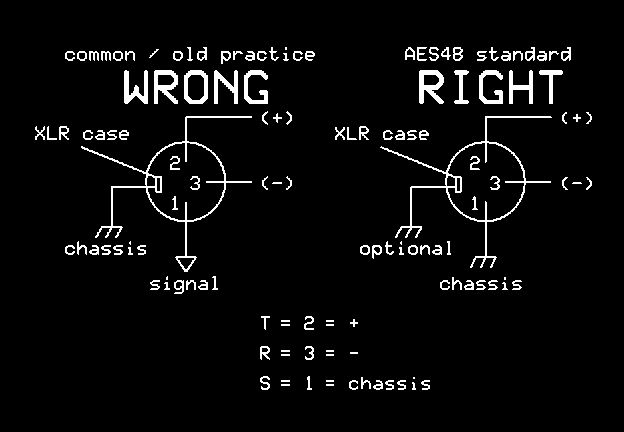David Kulka said:
Though I stopped servicing consoles years ago, this is an interesting topic to me. I worked on and installed a lot of Trident 65's, 70's, and 80's back when they were new, and even then ground noise was a known problem with these particular desks. Two quick comments.
In many cases I observed that Aux busses on these Trident desks had much more hum than the mix or group busses. This was really annoying to clients; hummy reverb sounds really bad. I personally spent many hours trying to figure out why, sometimes on my own time, but never really reached a conclusion about it. If someone else comes up with a good answer to this, I'd really like to know their findings, as this was always an annoying mystery to me.
Glad to have you join the conversation!
You're saying the Aux sends themselves had hum on them, or that their returns had hum?
In either case, I've got a theory on why the Auxes had much more hum. As I have recently seen (with the headphone amp example above), the Trident's pin 1 can carry in hum from a connected outboard box, and the Trident is connecting that to its own signal ground. Now, 8 line inputs from a tape machine are all connecting to a
common ground on the tape machine side, either to its signal ground or to its chassis. However, 8 auxes to 8 different reverbs/echos/etc will be putting
8 different ground potentials into play. More mess, more hum.
And, in addition to that "pin 1 problem" of the Trident's input and output jacks, there's another issue I found that could increase the apparent hum on the auxes: groups of jacks (all the Aux outs for example, or buckets of 8 input channels) share a common ground wire between them, draped right across the jacks themselves. More ground is not always better, and I think this is actually a design flaw. For example, say you've got 8 effect returns patched in on consecutive input channels. Even if you've only got 1 of those channels assigned to your mix bus, you would be referencing that one input signal to the ground noise contributed by
the other 7 channels in that bucket.
(In fact, ALL the i/o jacks for a given input channel share that common ground line bridged across them, right at the jacks. Each input channel has 5 i/o jacks: LINE, SEND, RETURN, DIRECT out, and XLR mic in. So all those have interconnected grounds, and each group of 8 channels have interconnected grounds... which means, for example, that hum on the shield of an effect patched into channel 7's RETURN jack could show up on channel 1's line input, even if channel 7 was muted and not assigned to the mix bus.)
David Kulka said:
You can test a desk for sensitivity to room EMF simply by powering up a soldering iron with a transformer in the base, and holding it beneath the console. If the room power wires are individual conductors in conduits, re-running with twisted pairs (neutral and hot) can help in some cases.
Cool trick - my Weller iron blasts out EMF (I have to turn it off on the test bench whenever I need to actually
listen to a circuit I'm working on), so I'll wave it around the console and see how much it leaks into the signal.





































